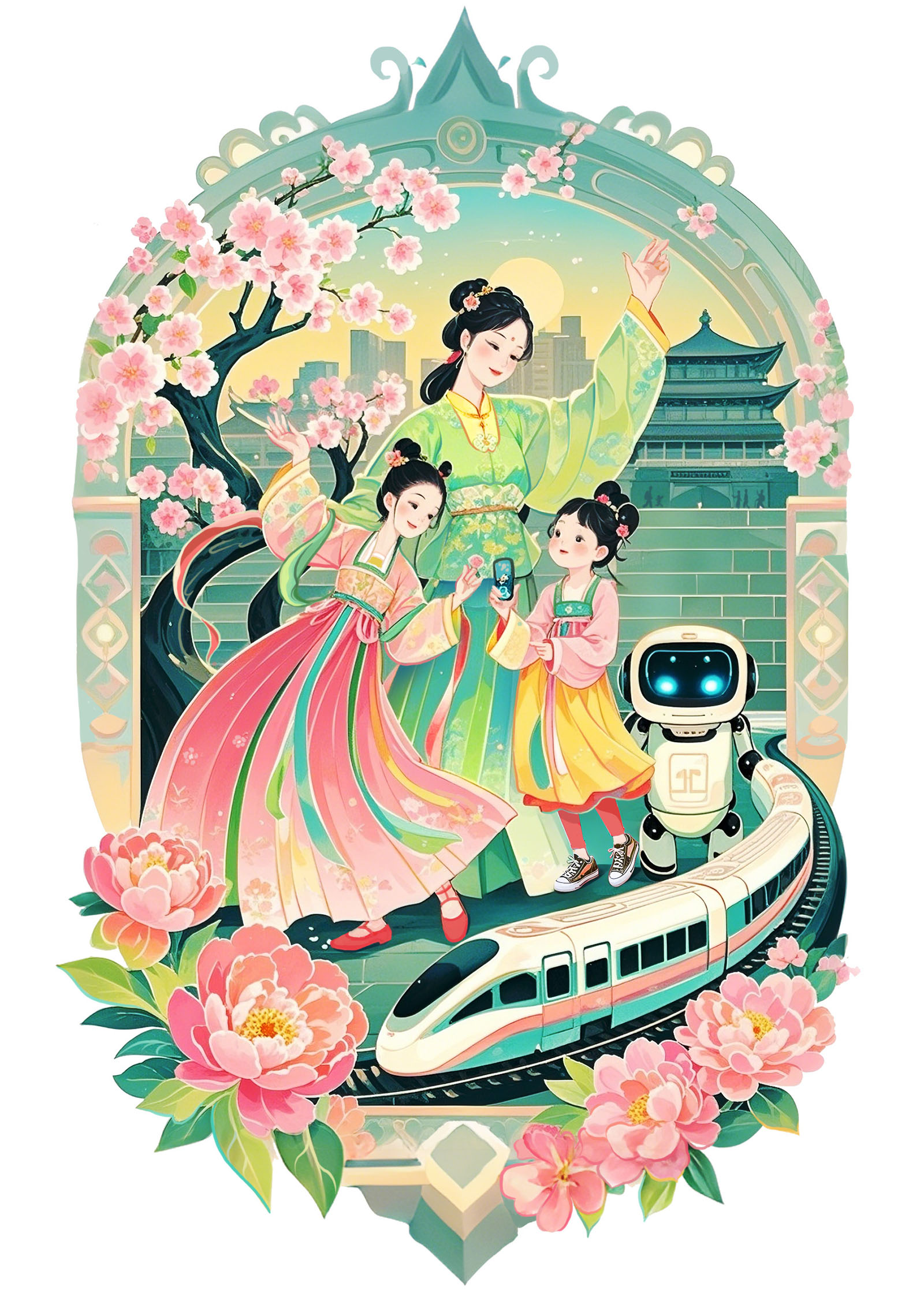Editor's note: Consumption during spring has become a significant economic driver, with blooming flowers becoming major tourist attractions. With the "flower-viewing economy" and increasing domestic travel becoming seasonal trends, spring consumption is reshaping China's economic landscape. Three experts share their views on the issue with China Daily.

Spring has long been a cherished season of Chinese travelers. As China enters a new phase of mass tourism, the "seven holidays and two seasons" — New Year's Day, Spring Festival, Qingming Festival, Labor Day, Dragon Boat Festival, Mid-Autumn Festival, National Day holidays, and the summer and winter travel seasons — have become the barometer of the tourism economy. With the introduction of new policies to boost consumption, increase supply of cultural and tourism products, and the push for granting paid leave, the time is ripe for cultivating a robust spring tourism season.
Across China, tourism authorities are introducing time-sensitive and emotionally engaging concepts including "flower maps" and "green routes" to develop what's known as the "flower-viewing economy". As plum and cherry blossom, magnolias, peonies spread their fragrance, and swaths of rapeseed flowers bloom in succession from south to north, local governments are unveiling special flower-viewing routes.
READ MORE: Spring boosts travel demand during Qingming holiday
On March 26, the governments of Beijing and Tianjin municipalities and Hebei province jointly launched the"2025 Blossoms in Jing-Jin-Ji" (Beijing-Tianjin-Hebei) initiative. Beijing alone is offering 214 flower-viewing routes, including heritage-themed routes from Olympic Forest Park to Jingshan Park. On the same day, the Ministry of Culture and Tourism launched the 2025 national spring tourism promotion program in Huangshan Mountain in Anhui province, introducing 32 rural travel routes. Government initiatives and market dynamics together have given rise to a range of creative "flower plus" models, unleashing the full economic potential of spring travel.
From Tianjin's crabapple festival to Wuhan's cherry blossoms, and Chengdu's rapeseed flower marathon to Luoyang's hanfu-themed flower fair, springtime hotspots are drawing tourists across the country.
Tourism, for people today, is more than just a leisure activity. It has become a people-centered industry, an emerging pillar of China's economy. Spring travel brings peace of mind and injects new vitality into cities and rural areas alike.
Public spaces, from cultural districts and scenic zones to museums and lifestyle hubs, have come alive with a mix of tradition and the latest trends. People are rediscovering the poetic beauty of spring at music festivals, street dance performances, pop-up markets, food fairs, and immersive storytelling sessions in theme parks. Tech-enhanced attractions like NPC-guided tours, acrobatics, interactive learning, and outdoor sports have added depth and flair to traveling during the season.
Chinese Tourism Academy data point to a new trend — about 10 percent people performing Qingming rituals also engage in folk activities. Putting on hanfu to visit museums or performing rituals has become a "spring practice" for many young travelers, while wellness-focused camping, "stress-relief" farming, and trying out seasonal foods have enriched the rural tourism experience.
China's expanding transport network, mobile connectivity, and public infrastructure have made spring travel faster, and more flexible and comfortable. "Tourist trains", self-driving tours and river cruises have added modern variety and flair to travel. Rental platforms, too, are witnessing a surge in demand for cars equipped with outdoor gear and child-safety seats, making "high-speed rail plus car rental" the new aspect of springtime activity.
ALSO READ: An example of how to make tourists feel more welcome
But more needs to be done to unleash the full potential of spring tourism. For example, the authorities should further improve coordination between public policies and the infrastructure and service delivery sectors. Since consumption depends on income, time and desire, policies like optimizing holiday arrangements, granting paid leave, and piloting spring and autumn school breaks, as called for in recent government reports, are key to ensuring better travel experience.
With spring marketing campaigns, seasonal promotions, upgraded travel products and enhanced visitor experience, public confidence in the tourism sector is growing. Advances in weather science and information and communications technology are helping shift tourism away from its traditional dependency on good weather. With facilities like satellite-monitored cherry, peach and plum blossom forecasts for Jiangxi province's Wuyuan or the scenic climate maps for Shandong province's Qingdao, spring tourism is entering a new era powered by data and innovation. In Guizhou province, a cherry blossom viewing program even launched a limited-edition running gear line with Anta Sports, blending youth, fashion and nature.
As policy support expands, technology evolves and services improve, every blooming flower will become a portal promoting unique travel experiences, making every spring outing a step toward a richer, more joyful life.
The author is the president of the China Tourism Academy.
The views don't necessarily reflect those of China Daily.


